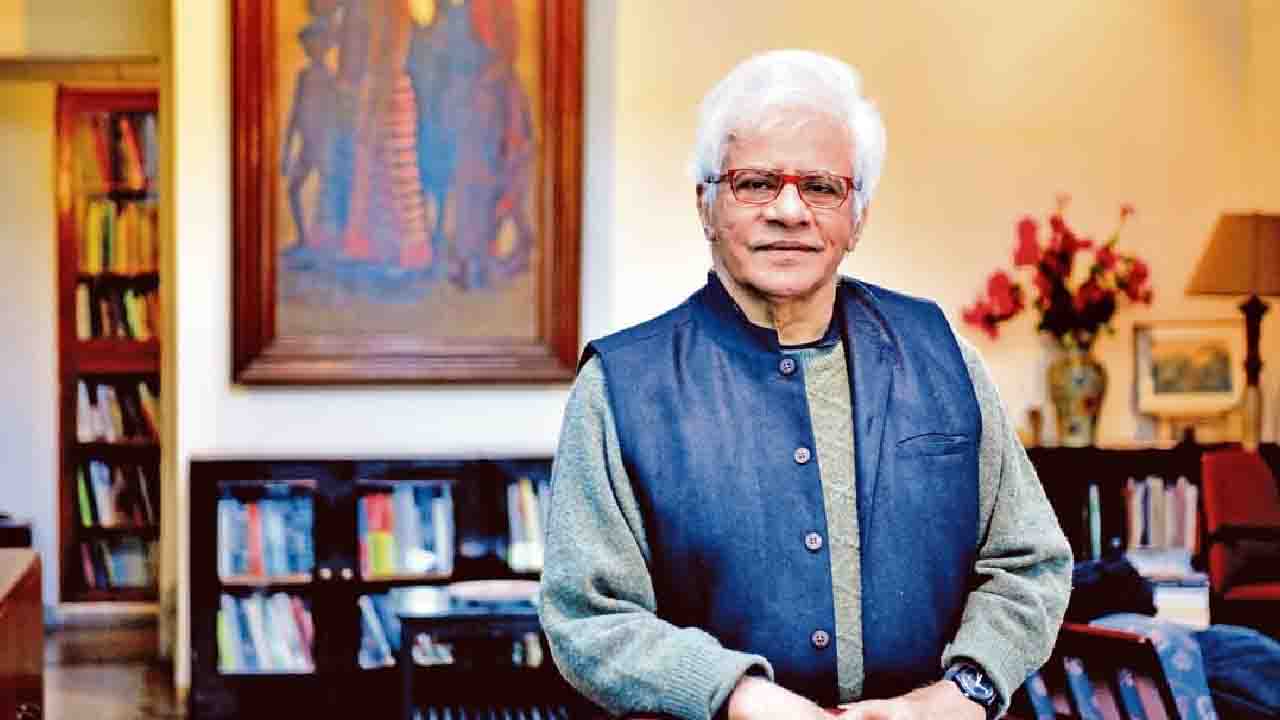India (Common Wealth)_Sundaram’s former teacher, Subramanyan, describes Vivan Sundaram as a young artist who is boldly forging a distinctive path that engages with post-independence and India’s complex visual culture via “the old hurtling with the new, the naive and the sophisticated, the sober and the hysterical” in the Sundaram’s 1966 exhibition at the Dhoomimal Gallery in New Delhi.
Sundaram was in London to attend the Slade School of Fine Art, where the British-American artist R.B. Kitaj served as his mentor. Further, he participated in efforts to establish a commune for civil rights activists and even got arrested at one point during his years in London, which are some important incidents from the past. In 1968, Sundaram produced a remarkable collection of works, including South Africa and Persian Miniatures to Stan Brakhage, when it comes to his artistic life.
It is questionable but not at all surprising that this sharply confronting work serves as the artist’s ultimate gift to his global audience given his ongoing investigation into death, aesthetic freedom, and politically relevant narrative-building. Sundaram was connected to the All India Kisan Sabha, the farmers’ branch of the Communist Party of India, and cultural events and civic initiatives throughout the 1970s. Additionally, Sundaram made the decision not to participate in party politics, but he was outspoken on matters that affected communal values, artistic expression, and secular principles.
As Sundaram gathered his family’s history through photomontages, mnemonic keepsakes, and publication, documenting the traces of creative kinship inevitably extended to his own family as well. Having pioneered collaborative forms for studio work, dialogue, and action, Sundaram was a pioneering cultural organizer who delighted in forming creative partnerships. Sundaram’s enormous Memorial project, which was initially conceived in 1993 and developed over several years, evolved as a protest “against forgetting”. It serves as yet another potent reminder of how Sundaram used kinetic stage elements, a sizable ensemble cast of actors, and lighting to create a Gesamtkunstwerk that evoked elements of social biography, cultural history, and labor politics as a great artist and a political pillar in India.








